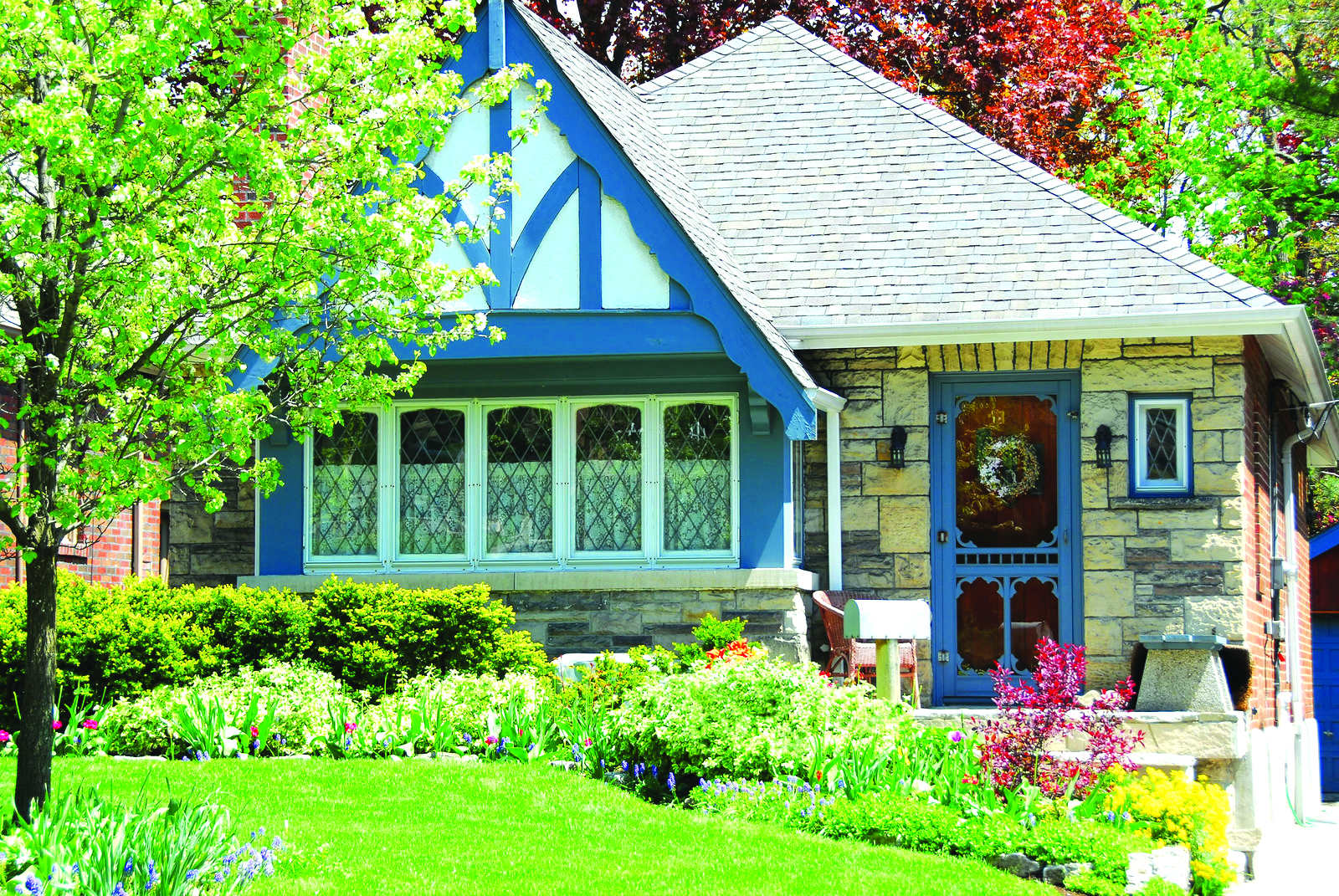Intergenerational living is becoming increasingly popular with Canadians as a household arrangement in which people from different generations live together under the same roof.
By Nathan Lundgaard and Kenneth Chau
Tackling a number of current issues like housing affordability, social isolation, sustainability and even healthy aging, the concept of intergenerational living is something many families may want to consider, even though it’s not a new concept.
Back in 1851, the average Canadian household size was about 6.2 people. This often included kids, parents, grandparents, and even great-grandparents living under one roof. Today, the pendulum has swung, with the average household size clocking in at 2.5 people per household and one in six adults living alone.
With modern socioeconomic realities, we’re also seeing renewed interest in intergenerational living in North America and Europe. Countries like the Netherlands, France, Finland, Spain and Germany have created university-sponsored retirement communities as a means of increasing the stock of housing for their students at the same time as providing seniors with companionship.
A recent article published by the international news network, France 24 notes that there are generally two types of successful home share programs in France. The first is when a senior rents a room in their home to a young person at below-market rate. The young person spends time with the senior and is there as a watchful presence. The second is when a young person lives at a senior’s home for free in exchange for a prerequisite number of hours of help and companionship.
The success of these types of programs has been profound, with participants reporting mutual benefits on both sides. Older hosts report an appreciation for the extra income and often a renewed energy as a result of being around a younger person. On the flip side, the younger guests appreciate having an affordable place to live and a potential friend or mentor figure that they can connect with and count on.
Re-emerging in Canada
After capturing the attention of a number of scholarly institutions, the concept of intergenerational living has also re-emerged here in Canada. Numerous pilots are popping up all across North America. Canadian programs such as the Toronto Homeshare Pilot Project, based out of the University of Toronto, or iGEN, launched by Happipad in collaboration with UBC, recruit hosts with spare bedrooms and pair them with guests who require affordable housing. Programs vary a bit from one to the next, but the common concept is to recruit seniors living alone at home as hosts and pair them with student guests looking for affordable accommodations.
According to reports from the Canadian Centre for Economic Analysis, there are millions of empty bedrooms across the province of Ontario alone! We are all aware of the high price of housing in general and the need for affordable student housing. Intergenerational living offers an attractive housing option for students on a budget, providing prices below the average rental costs and a furnished room in an established home to boot.
Combating loneliness
While people normally take care of their economic needs first, studies have repeatedly shown that there are a number of intangible benefits to intergenerational living participants that go well beyond. Key among those is tackling the growing social isolation epidemic among seniors and today’s youth. According to Statistics Canada, about 20 per cent of seniors don’t participate in regular social events, and can often go over four weeks without socializing with others. Canadian Red Cross, the Sinai Health System, and the Saint Elizabeth Foundation, among others, are setting up companionship programs to provide seniors with social contact. Likewise, in the UK, a government strategy to combat loneliness among seniors has postal workers going door-to-door to check on people and provide companionship.
And not just a once-in-a-while social outlet, home sharing provides interaction on a daily basis without having to leave the house, an advantage over something like a home visiting program with a bi-weekly schedule. Moreover, regular contact, cross- generational learning, new stimuli, and ongoing connections tend to tackle the loneliness issue for many as well.
Simply put, intergenerational living offers a way to socially connect and lead richer, more active lives and the postman doesn’t even have to visit but it would be nice if he or she did.

Facts worth noting
- 31% Of Canadian bedrooms are empty.
- 5,000,000 Empty bedrooms in Ontario represent 25 years worth of construction.
- 20% More calories are burned by Inter-generational living seniors who are less reliant on canes, have fewer falls, and perform better on memory tests.
- 90% Of seniors would like to age in their homes.
- 25% Of women and 20% of men report feeling lonely at least some of the time.
Nathan Lundgaard and Kenneth Chau are from Happipad, a social enterprise that aims to increase housing affordability and social correctness through home-sharing.














